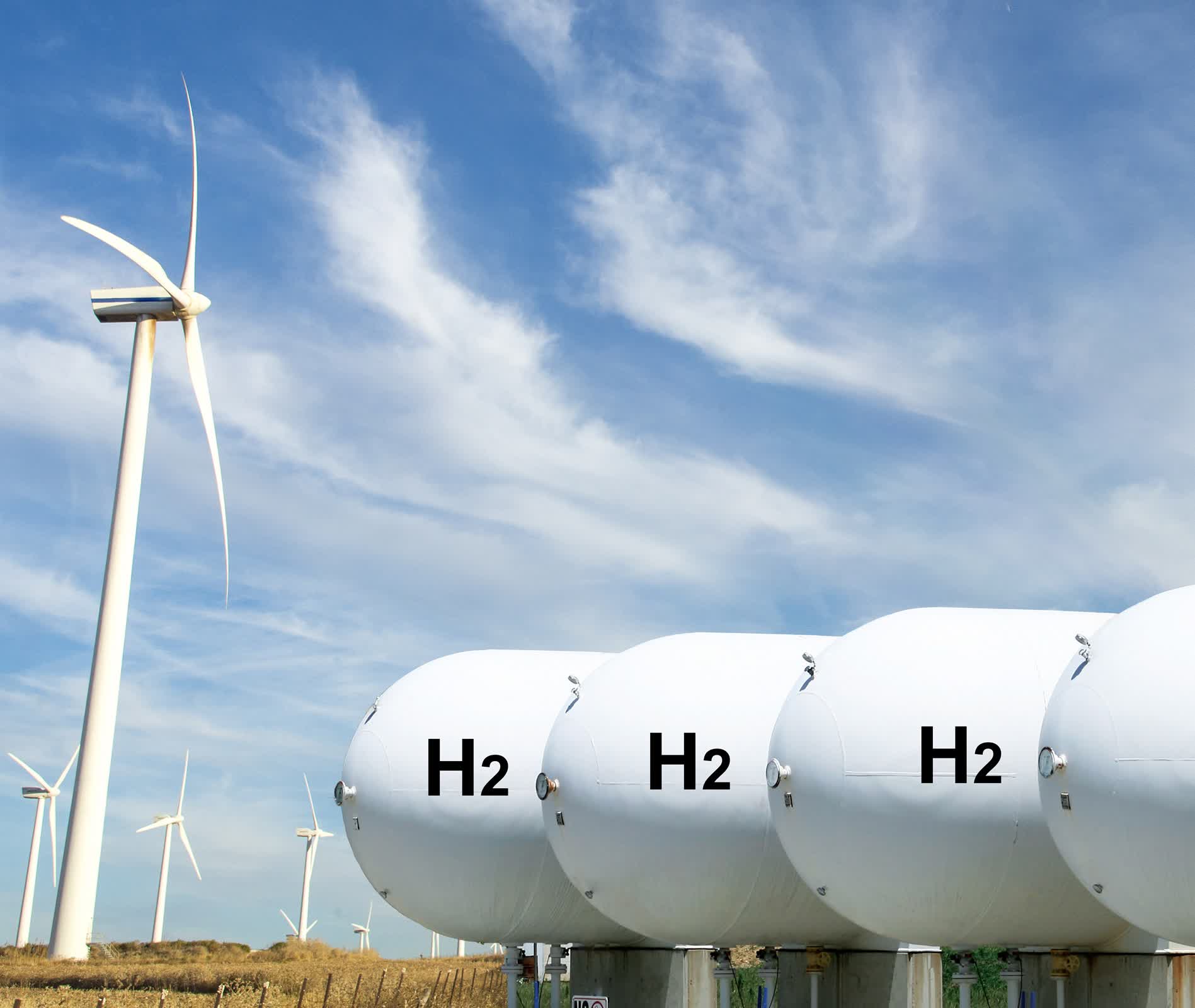Futurology A new study has unveiled a discovery beneath the Earth’s surface: a vast reservoir of hydrogen that could potentially reshape the global energy landscape. Scientists estimate that approximately 6.2 trillion tons of hydrogen lie hidden in rocks and underground reservoirs, a quantity that dwarfs known oil reserves by a factor of 261.
The research, led by Geoffrey Ellis, a petroleum geochemist at the U.S. Geological Survey (USGS), has been published in the journal Science Advances. It suggests that tapping into just a fraction of this hydrogen could have far-reaching implications for the world’s energy future.
“Just 2% of the hydrogen stocks found in the study, equivalent to 124 billion tons of gas, would supply all the hydrogen we need to get to net-zero [carbon] for a couple hundred years,” Ellis told LiveScience. This amount of hydrogen contains roughly twice the energy stored in all known natural gas reserves on Earth.
Hydrogen, a clean energy carrier, has diverse applications, ranging from fueling vehicles to powering industrial processes and generating electricity. As global efforts to combat climate change intensify, hydrogen is projected to play an increasingly significant role, potentially accounting for up to 30% of future energy supply in some sectors.

The study’s findings challenge long-held beliefs about hydrogen’s behavior underground. “The paradigm throughout my entire career was that hydrogen’s out there, it occurs, but it’s a very small molecule, so it easily escapes through small pores and cracks and rocks,” Ellis said. However, recent discoveries of substantial hydrogen caches in West Africa and an Albanian chromium mine have shifted this perspective.
To estimate the global hydrogen reserves, Ellis and his colleague Sarah Gelman developed a model accounting for various factors, including hydrogen production rates underground, the amount likely trapped in reservoirs, and losses through processes such as atmospheric leakage. The model revealed a wide range of possible hydrogen quantities, from 1 billion to 10 trillion tons, with 6.2 trillion tons being the most probable estimate.
While these figures are promising, Ellis cautions that much of this hydrogen may be inaccessible due to depth or offshore locations. Additionally, some reserves might be too small for economically viable extraction. Nevertheless, the sheer scale of the estimated reserves suggests that even with these limitations, there could be ample hydrogen available for exploitation.
One of the key advantages of natural hydrogen over synthetically produced “green” or “blue” hydrogen is its ready availability. “We don’t have to worry about storage, which is something that with the blue hydrogen or green hydrogen you do,” Ellis said. “You want to make it when electricity is cheap and then you have to store it somewhere. With natural hydrogen, you could just open a valve and close it whenever you needed it.”
However, the exact locations of these hydrogen reserves remain unknown, presenting the next challenge for researchers. Ellis and his team are working on narrowing down the geological criteria necessary for underground hydrogen accumulation, with results for the U.S. expected early next year.
While the potential of this discovery is enormous, some experts urge caution. Professor Bill McGuire from University College London told the BBC that extracting hydrogen on a scale large enough to impact emissions significantly would require “an enormous global initiative for which we simply don’t have time.” He also emphasized the need for extensive supporting infrastructure. McGuire questioned whether exploiting another finite resource is necessary, given the availability of renewable energy sources like wind and solar.










Leave a Comment